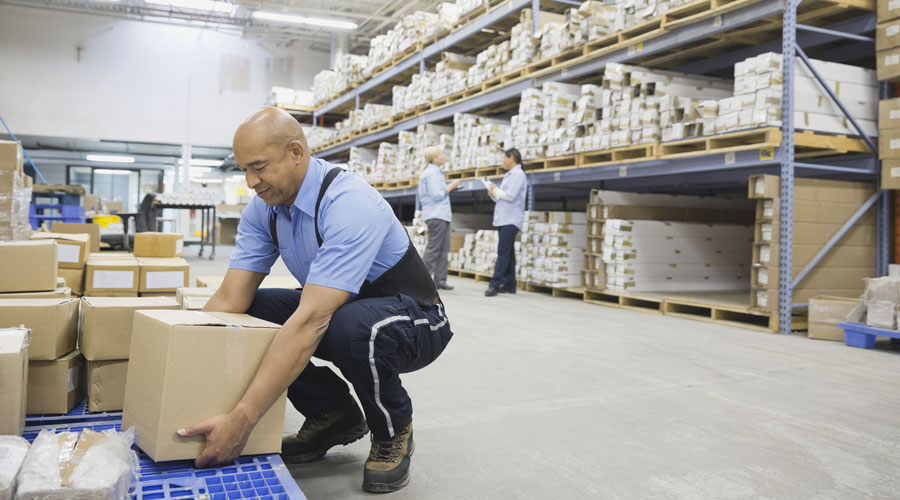
Lifting Safety Measures
There are many tasks that may require you to lift heavy objects on the job. Although these everyday tasks may seem harmless, they have the potential to cause serious injuries that can permanently impact your life if they aren’t performed safely. Some common workplace activities that may involve lifting heavy items include:
- Refilling the copy machine or water cooler
- Stocking shelves
- Moving workplace equipment
- Carrying materials or merchandise
- Getting the mail
Overexertion and trauma are two of the most significant factors that contribute to injuries from lifting. Such injuries may include back sprains, pulled muscles, pinched nerves, fractured vertebrae and spinal problems. To avoid these injuries, it is critical to practise adequate lifting protocols and safety measures—regardless of where you work on-site. Before you lift, take these measures to ensure you are ready to do so safely:
- Do warm-up stretches to prepare before lifting.
- Plan ahead. Be sure to note where the object is going, how much it weighs and how you will lift it.
- Make sure your work area is flat, dry and free of debris to prevent trip and fall hazards.
- Determine whether you should use dollies, carts or forklifts to assist you with larger objects. However, never work with any equipment you aren’t trained to use.
- Consider asking for help, especially if the object is awkwardly shaped or heavy.
- Wear proper personal protective equipment (e.g., gloves and back belts) for the task at hand.
When lifting, follow these steps to minimize strain on your body:
- Position yourself close to the load.
- Keep your back straight as you squat down.
- Grip the load securely and—using your legs, not your back—slowly lift.
- Set the load down slowly.
For more information on risk management, or to find out how to reduce your insurance costs call CMB at 780.424.2727 or click here to get a quote.
